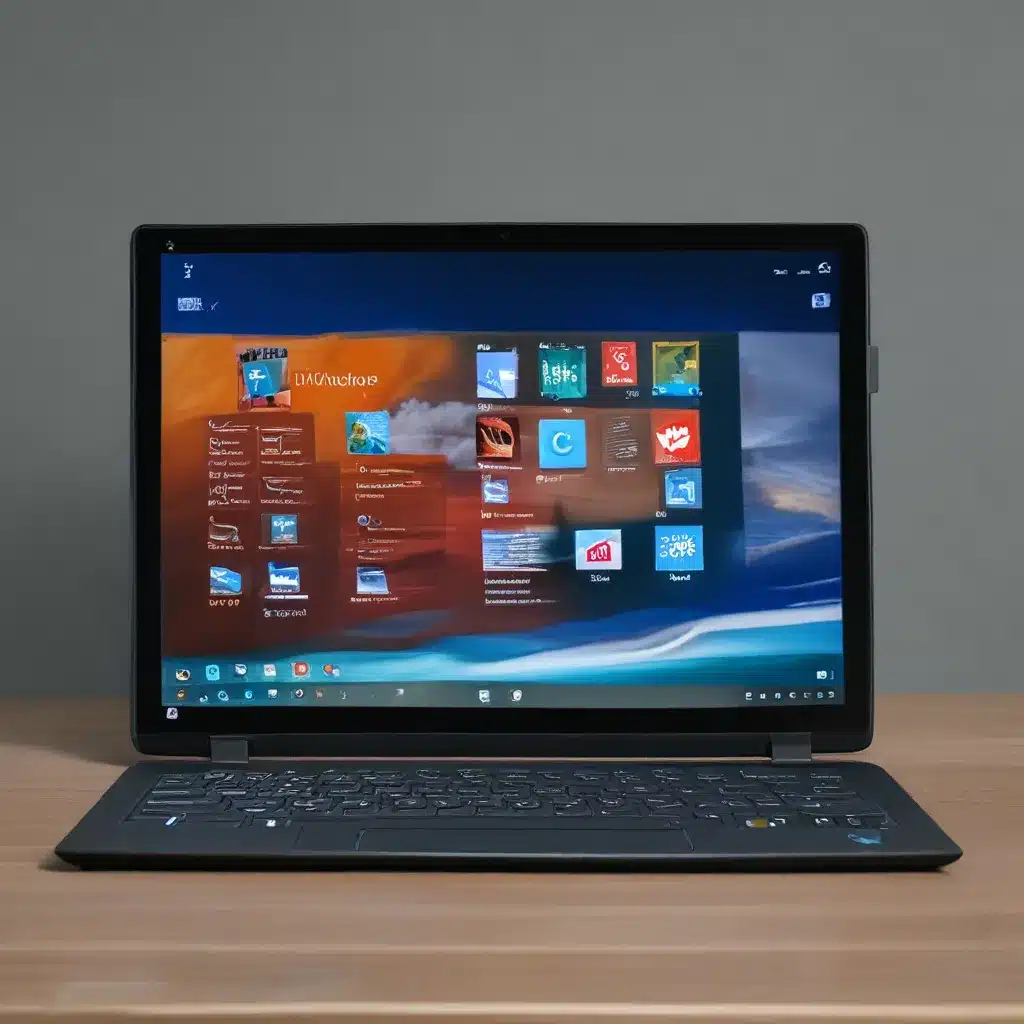
Windows 11 Tablet Mode Improvements
Alright, folks, gather round because I’ve got a tale to tell about the evolution of tablet mode in Windows 11. As a proud owner of a Surface Pro 7, I’ve been on this journey with Microsoft, and let me tell you, it’s been quite the roller coaster ride.
From Frustration to Fascination
When I first got my hands on the Surface Pro 7, I’ll admit, I was a bit underwhelmed by the tablet mode experience. Coming from the seamless gestures and intuitive back buttons of my Android devices, the Windows 11 tablet mode felt like a bit of a letdown. I mean, disabling the optimized taskbar for tablet use? That’s like trying to make a square peg fit into a round hole, am I right?
But then, something interesting happened. As I started digging deeper, I realized that there were actually a bunch of little tweaks and third-party tools that could really enhance the tablet mode experience. It was like discovering a hidden treasure trove of customization options, just waiting to be unlocked.
Reclaiming the Tablet Experience
One of the first things I tackled was the lack of a grid view for open browser tabs in Chrome. I mean, come on, Microsoft, you’re telling me I have to scroll through a bazillion tabs just to find the one I need? That’s just plain inconvenient. Luckily, a quick search led me to a Reddit thread where fellow Surface enthusiasts had shared some nifty solutions.
And let me tell you, once I got that grid view set up, it was a game-changer. Now, instead of hunting for that elusive tab, I can just glance down at my screen and boom, there it is. It’s like having a personal assistant for my digital life, and I love it.
Embracing the Touchpad
But the tablet mode improvements didn’t stop there. Another issue I had was with the touchpad emulation. I mean, who wants to use an on-screen touchpad when you’ve got a perfectly good touchscreen, right? Well, turns out there’s a way to make the whole screen act as a touchpad when you need it. Some digging around led me to a solution, and now I can seamlessly navigate with just a few swipes and taps.
The Taskbar Transformation
Now, one thing that really bugged me at first was the way the taskbar behaved in tablet mode. I mean, sure, the hidden taskbar might work for some, but I’m a firm believer in the power of the classic Windows taskbar. That’s why I was so excited to discover that I could just disable the optimize for tablet use setting and get back to my familiar, always-visible taskbar.
But that’s not all. I even managed to make the datetime field on the taskbar a little more compact, without losing any functionality. Now, instead of taking up half the screen, it’s just a sleek, minimalist display that tells me what I need to know without distracting from the rest of my workflow.
Embracing the Future of Tablet Computing
So, there you have it, folks. The journey of a Surface Pro 7 owner navigating the ever-evolving world of Windows 11 tablet mode. Sure, it might have started off a bit rough, but with a little creativity and a whole lot of tinkering, I’ve managed to transform my device into a true tablet powerhouse.
And you know what? I’m actually pretty excited to see what the future holds for tablet computing on Windows 11. With Microsoft’s continued focus on improving the experience, and the wealth of third-party tools and customization options available, I have a feeling that the tablet mode of the future is going to be nothing short of spectacular.
So, if you’re a fellow Surface or Windows 11 tablet user, don’t be afraid to dive in and start experimenting. Who knows, you might just discover the hidden gems that can take your tablet experience to new heights. And if you’re in the market for a top-notch computer repair service to help you along the way, be sure to check out itfix.org.uk – they’ve got your back when it comes to keeping your devices in tip-top shape.












